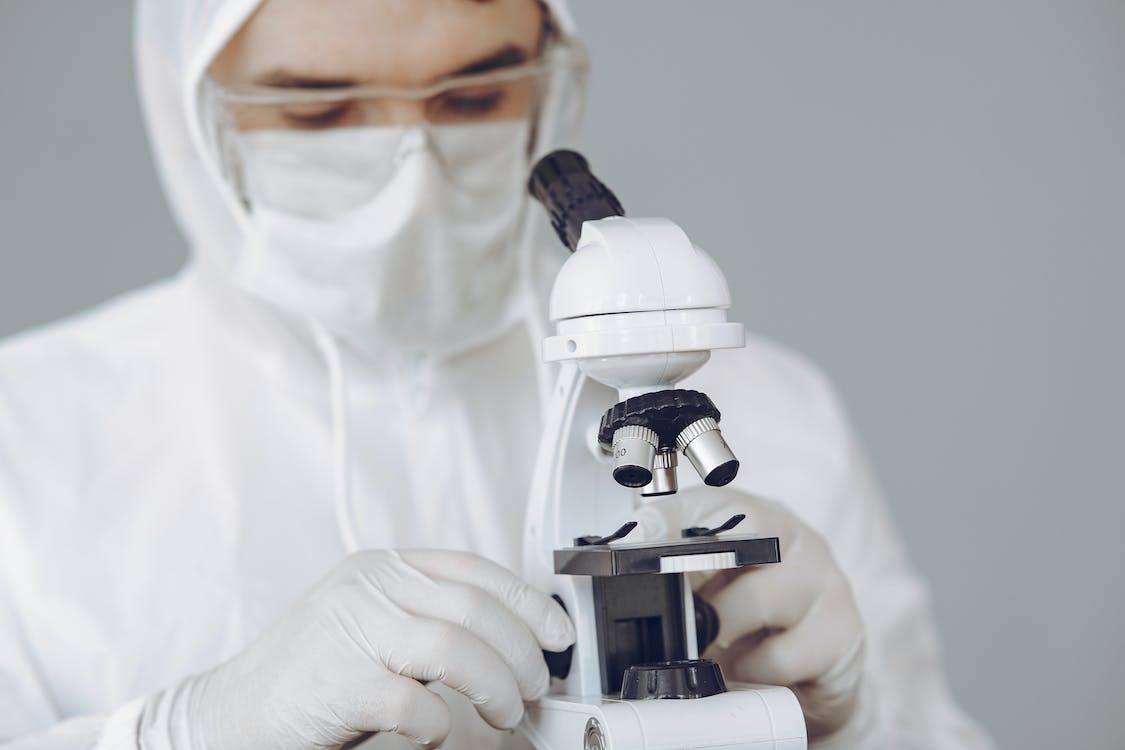The implantable medical devices market is a dynamic and rapidly evolving sector within the healthcare industry. With advancements in technology and an aging population driving demand, it has become an attractive option for investors seeking opportunities in the healthcare sector.
According to GlobeNewswire, the global implantable medical devices market is worth $98.6 billion. This market is expected to surpass the $166 billion mark by 2032. Safe to say, this particular part of the healthcare tech sector is seeing a lot of prosperity and is worth investing in.
However, like any investment, there are essential considerations to bear in mind before diving in. In this article, we’ll explore a few critical factors you should know before investing in the implantable medical devices market.
Market Growth and Potential
Understanding the growth potential of the implantable medical devices market is paramount for any investor. This sector’s growth is driven by several factors. These include the increasing prevalence of chronic diseases, an aging global population, and technological advancements that enable more complex and efficient devices.
Investors should also consider the specific segments within the market. Implantable medical devices encompass a wide range of products, from cardiac implants like pacemakers and defibrillators to orthopedic implants and neurological devices. Each segment may have its own growth trajectory and unique challenges, so it’s crucial to evaluate which sub-sectors align with your investment goals.
Regulatory Environment
One of the most significant factors influencing the implantable medical devices market is the regulatory environment. These devices are subject to rigorous oversight to ensure safety and efficacy. The US FDA plays a central role in approving and regulating implantable medical devices. Other countries have their regulatory bodies with their own sets of rules and requirements.
For investors, understanding the regulatory landscape is crucial because it can significantly impact product development timelines and market access. Delays in approvals or unexpected regulatory hurdles can lead to setbacks and increased costs for companies operating in this space.
Therefore, it’s essential to conduct thorough due diligence on the regulatory history and compliance of the companies you’re considering for investment. Failure to comply with regulatory standards can lead to the manufacturing of defective products. This, in turn, might end up leading to a situation similar to the Bard PowerPort lawsuit.
According to TorHoerman Law, the Bard PowerPort devices are used for gaining access to the patient’s vascular system. This implantable device then helps carry medicine into the bloodstream. However, it was reported that the PowerPort devices can lead to serious complications and injuries due to catheter failures. Thus, Bard PowerPort lawsuits were filed so that the victims could seek justice and compensation for their injuries.
Competitive Landscape
According to AdvaMed, there are over 6,500 medical device companies in the US. Many of these businesses solely operate to produce implantable medical devices. Therefore, it’s evident that the implantable medical devices market is highly competitive. Numerous established companies and startups are constantly vying for market share.
Before investing, it’s essential to assess the landscape and understand the key players in the industry. Some established companies have a long history of innovation and market dominance, while startups may bring disruptive technologies to the forefront.
Investors should evaluate a company’s competitive advantages, such as intellectual property, proprietary technology, and strategic partnerships. Additionally, consider the barriers to entry in this market, as they can influence the level of competition. Companies with strong patents and a deep understanding of regulatory pathways may have a more significant competitive edge.
Technological Innovation
Technological innovation is a driving force in the implantable medical devices market. Advancements in materials science, miniaturization, and wireless connectivity have expanded the possibilities for implantable devices. Innovations such as bioresorbable materials, smart implants, and remote monitoring capabilities have the potential to transform patient care and open up new market opportunities.
Investors should stay abreast of the latest technological developments in the field. Companies that embrace innovation and have a strong research and development (R&D) pipeline may be more likely to thrive in this dynamic market. However, it’s essential to balance the allure of cutting-edge technology with the risks associated with unproven concepts and the potentially lengthy regulatory approval process.
Market Risks and Challenges
Like any investment, the implantable medical devices market carries inherent risks and challenges. These include clinical trial failures, reimbursement issues, and market competition. Clinical trials for implantable devices can be complex and costly, and there’s no guarantee of success. Companies must navigate reimbursement processes and secure favorable payment agreements with healthcare providers and insurers.
Additionally, changes in healthcare policies and regulations can impact market dynamics. A shift in reimbursement policies or regulatory requirements can have a profound effect on a company’s revenue and profitability. Investors should be prepared for these uncertainties and assess how companies in their portfolios are positioned to mitigate these risks.
Ethical Considerations
Investing in the implantable medical devices market also raises ethical considerations. For example, implantable devices with connectivity features may collect and transmit patient data. MarketsandMarkets reports that this is more applicable for IoT-based medical devices. Such data collection and transmission raises concerns about data security and patient consent.
As an investor, it’s important to consider the ethical implications of the companies you support. Evaluate how companies handle data privacy, patient consent, and cybersecurity. Ethical concerns can impact a company’s reputation and long-term sustainability. Thus, aligning your investment decisions with your values is a crucial aspect of responsible investing in this sector.
Conclusion
There’s no doubt that the implantable medical device market boasts a lucrative investment opportunity but has great risks attached to it. Thus, if you’re looking to actually invest in this market, keep the above-mentioned things in mind. They will help you navigate the risks associated with investing in the implantable medical device market and ensure you get the best possible returns.
